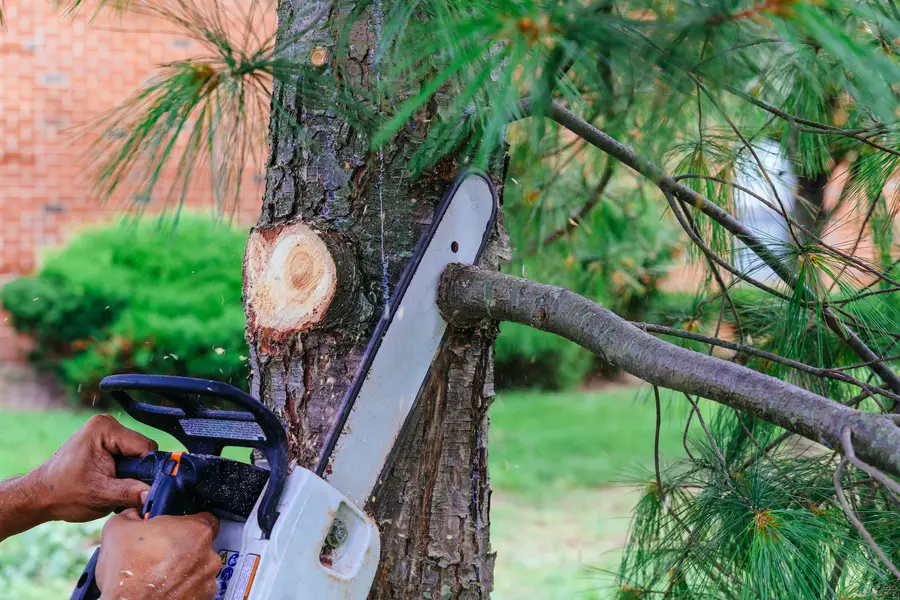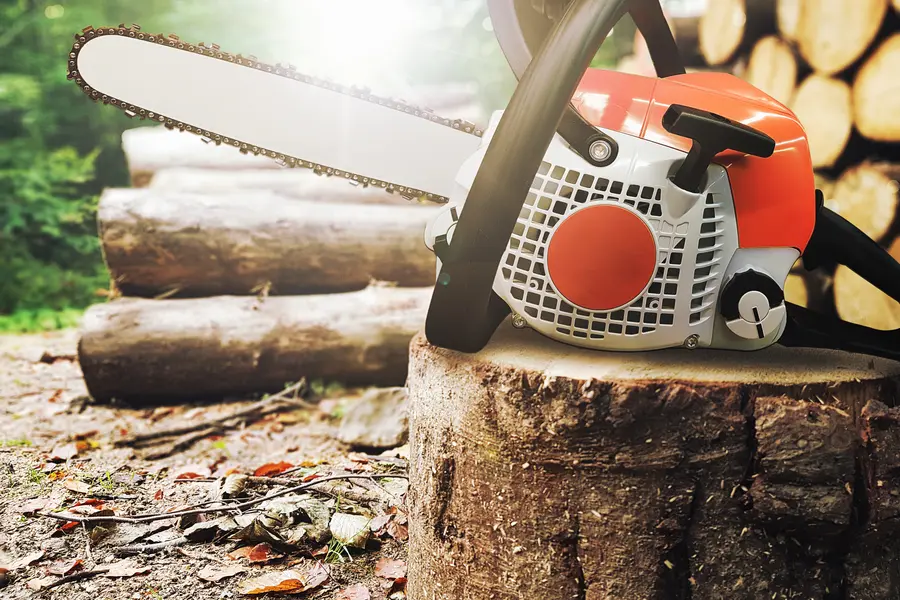Choosing the Optimal Seasons to Care for Your Trees
Trimming and pruning are vital tasks to maintain the health and appearance of trees. The right time of year can make a significant difference in how well your trees respond to these practices. Different seasons offer specific advantages, helping you achieve the best results and promote tree growth. This guide will explore when it’s best to prune or trim different types of trees, ensuring they remain healthy and vibrant throughout the year.
Understanding Seasonal Differences
Trees react differently depending on the season when trimming or pruning is performed. Understanding these seasonal differences helps determine the ideal period for maintaining your trees. Generally, late winter through early spring is considered optimal for most trees. During this time, trees are dormant, minimizing stress and risk of disease. However, knowing individual tree species’ needs is essential for achieving the best outcomes.
Deciduous Trees: Late Winter to Early Spring
For deciduous trees, late winter to early spring is often recommended for trimming and pruning. This timing ensures that cuts heal quickly as new growth begins. For many homeowners, scheduling a professional tree service during this period can ensure expert care tailored to each tree’s needs. As deciduous trees shed their leaves in fall, it becomes easier to see branches that need attention.
Evergreen Trees: Timing Considerations
Evergreen trees have unique requirements compared to their deciduous counterparts. They can be trimmed in late spring or early summer when they experience a growth flush. It’s important not to cut too deeply into the old wood of evergreens, as this can hinder their ability to regrow. Consulting with a knowledgeable tree service provider can help you identify which parts of an evergreen require trimming without damaging its structure.
Fruit Trees: Enhancing Yield Through Proper Timing
Pruning fruit trees requires careful timing to enhance fruit production and overall tree health. The late winter months are ideal before buds break, as this encourages vigorous growth and reduces the chance of infection. Some fruit-bearing varieties might require additional attention after harvest to maintain optimal shape and productivity.
- Apple and pear trees benefit from winter pruning to improve light penetration and air circulation.
- Stone fruit trees like peaches should ideally be pruned in early spring or after flowering.
- Citrus trees often require less frequent pruning but still benefit from light trims in late winter.
Common Challenges When Pruning
One challenge faced by those who trim trees themselves is knowing exactly where and how much to cut. Over-pruning can harm the tree, while under-pruning may not address structural issues effectively. Being aware of each species’ specific needs can mitigate these risks. Additionally, improper cuts can lead to diseases, requiring professional intervention later.
Expert Tips for Effective Pruning
If you’re planning to handle tree maintenance yourself, following some expert tips can greatly enhance your success rate:
- Use sharp tools to make clean cuts that heal faster.
- Avoid cutting more than 25% of the tree’s canopy at once.
- Focus on removing dead or diseased branches first.
- Trim branches growing inward toward the tree’s center.
The Cost Factor
Many homeowners worry about the cost associated with hiring professionals. However, investing in quality tree maintenance enhances property value and prevents costly repairs from improperly managed trees. Professional services also offer peace of mind, knowing that experts are handling potentially dangerous tasks safely and efficiently.
Get Professional Help for Best Results
Ultimately, the right time for trimming and pruning varies based on tree species and local climate conditions. For personalized advice, consult with experts who understand regional variations and specific plant needs. At Dylan Landscaping LLC, our team offers comprehensive solutions to keep your landscape healthy year-round. Contact us at (732) 770-3385 to schedule a consultation today. Based in East Brunswick, NJ, we serve clients seeking top-quality care for their greenery.


